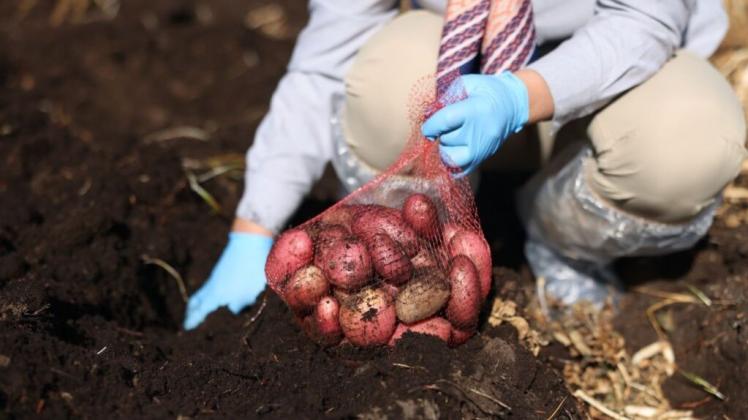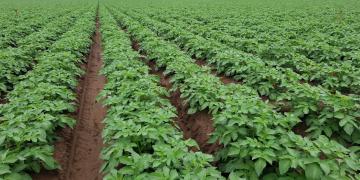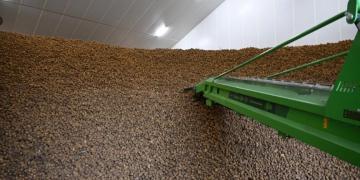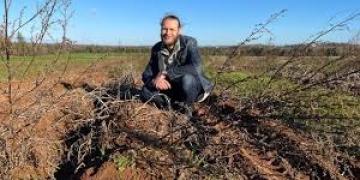Chile (Magallanes): Regional government finances program to strengthen the potato chain
The initiative, funded by the Magallanes Regional Government and its Council, began in November 2024 and represents a new boost for agricultural development in the region.

Faced with the challenge of strengthening nutrition, addressing the effects of climate change, and adding value to potato cultivation, INIA Kampenaike is moving forward with the implementation of the program "Transfer, Application of Techniques, and Processing for the Sustainability of Potato Production among Farmers in Magallanes." The initiative, funded by the Regional Government of Magallanes and its Council, began in November 2024 and represents a new impetus for agricultural development in the region.
INIA Kampenaike’s regional deputy director, Carolla Martínez, who leads this initiative, explains that the program is structured into three main lines of work.
The first involves expanding the potato seedbed area to five hectares, incorporating two new varieties developed by INIA: Yaike and Porvenir. This expansion seeks to increase the availability of certified seed, aiming to improve both the crop’s productivity and resilience.
"The program already benefits more than 300 farmers, and with this new phase, we hope to reach around 500 farmers throughout the region," says Martínez.
The second focus focuses on incorporating technologies adapted to climate change, such as the use of varieties more tolerant to water shortages, strategic irrigation to improve water use efficiency, and the use of endophytic microorganisms to reduce fertilization and control disease.
The third line focuses on adding value to Magellanic potatoes through the installation of two minimally processed processing plants in Punta Arenas and Puerto Natales, where we will work with small farmers to develop new products such as snacks, plant-based drinks, and even jams.
"We want to innovate. We’re trying out snack-style potato chips, vegetable potato milk, and other byproducts in communities with higher production, like Natales and Punta Arenas," Martínez adds.
In this regard, Regional Governor Jorge Flies highlighted the work with the Ministry of Agriculture, stating, "This is one of the most successful projects we have as a Regional Government. For several years now, the Institute has been able to genetically recover the potato and transfer to farmers, especially those involved in family farming, not only improvements in production but also partnerships with technical organizations such as the SAG (National Agricultural Service) for the expansion and conservation of this crucial crop. We evaluate this process positively and want to support and expand it with the full support of the Regional Government."
For her part, Claudia Gómez, director of INIA Kampenaike, emphasized that "innovating in a traditional crop like potatoes allows us to strengthen the productive chain and increase the value of our products. This path, which aims to achieve local seals, represents an example of innovation for Magellanic agriculture."
A work sustained over time
INIA Kampenaike professional Nicolás Ojeda recalls that since 2015, there has been constant work on potato production through a diagnosis of the weaknesses of traditional cultivation. In 2019, a new project quadrupled the cultivated area, consolidated varieties such as Patagonia-INIA and Yagana, and made a leap toward regional marketing, including sales in supermarkets.
That same period saw the implementation of an early frost warning system and the validation of mitigation technologies such as sprinkler irrigation and the use of frost-resistant nets.
"A technological package was developed that has been widely adopted by producers. Even during the pandemic, the program had a strong social component: potatoes that didn’t meet seed standards were delivered as food to families and institutions," Ojeda explains.
In its current phase, the program has added an additional hectare of seedbeds in response to the growing demand for certified seed. Currently, nearly 56 hectares are projected to be cultivated in the region, a remarkable figure considering that in 2015, the total was barely 13 hectares.
Fuente: radiopolar.com




